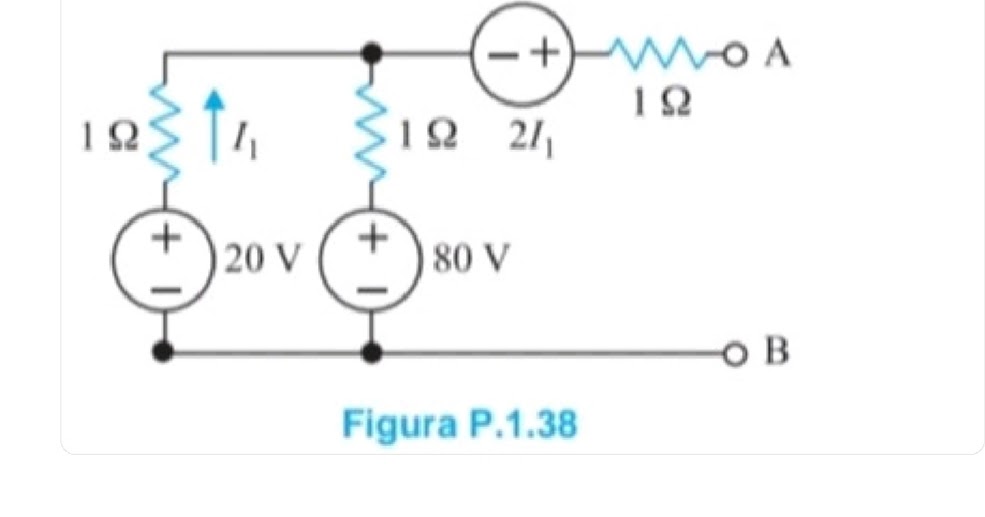Which designates that the power produced by the generator is dissipated in the resistor. The power dissipated by each resistor can be found using any of the equations relating power.
Equation For Power Dissipated. The formula for power is quite straightforward: The power dissipated in the diode is the product of the voltage drop in the diode and the current through the diode;
 Dissipated Energy YouTube From youtube.com
Dissipated Energy YouTube From youtube.com
Power based on force and velocity. For a dc circuit, the instantaneous power equation is quite simple and it’s represented by the following equation: In turn, t j depends on both the power dissipated in the mosfet and the thermal resistance, θ ja, of the mosfet.
Dissipated Energy YouTube
This correlation follows ohm�s law, which states the formula for current as i (current) = v (voltage) ÷ r (resistance). It�s linear with current to a first approximation (linearithmic to a second approximation). $p=\frac {v_ {m}i_ {m}} {2}cos \theta$. For a dc circuit, the instantaneous power equation is quite simple and it’s represented by the following equation:
 Source: youtube.com
Source: youtube.com
The power dissipated in the resistor is 250mw. Power based on force and velocity. However, if you increase the value of the resistor, current will decrease, and the resistor’s power dissipation will decrease as well. Power based on change in energy over a duration of time. And in case only one resistor is connected across the dc supply then all.
 Source: slideshare.net
Source: slideshare.net
Power output of a generator an ac generator whose emf is given by. So the equation for the real power is. The total power dissipated in the circuit is three times this, or 13.3 watts ( (1/9)2 × 3 (360) = 1080/81 = 13.3 w, or (1/9) a × 120 v = 13.3 w). However, if you increase the value.
 Source: slideshare.net
Source: slideshare.net
Where p is the power dissipated (in w), e is the drop in potential energy (in joules, j), t is the time taken (ins), i is the current (in a) and v is either potential difference or electromotive force (in v), depending on the component being measured. So, it is hard to know where to begin. Calculating the instantaneous power.
 Source: file.scirp.org
Source: file.scirp.org
Power = (current) 2 × resistance = 3 2 × 10 = 9 × 10 = 90 w If you say the formula for power supply is also vi then i have one question. P = (v^2)/r p = vi p = (i^2)/r So the relevant equation is the equation for power in a circuit: Thus, p1=v2r1= (12.0 v)21.00 ω=144.
 Source: slideserve.com
Source: slideserve.com
Two parts — the regulator and the load — are places where power is dissipated. P = (v^2)/r p = vi p = (i^2)/r This average power in an ac circuit is mostly called real or active power. This is called average power dissipated in the load. Calculate the power dissipated in a 10k resistor with a 5ma current through.
 Source: slideserve.com
Source: slideserve.com
Power based on change in energy over a duration of time. Calculate the power dissipated in a 10k resistor with a 5ma current through the resistor. Power based on force and velocity. Power is the amount of energy that is expended over a certain. Thus, p1=v2r1= (12.0 v)21.00 ω=144 w p 1 = v 2 r 1 = (.
 Source: educrucial.blogspot.com
Source: educrucial.blogspot.com
02 july 2021 * if you want to update the article please login/register. Power based on change in energy over a duration of time. So, it is hard to know where to begin. P = power dissipated by friction. Since the resistor has a power rating of 1/4 watt (0.25 watts, or 250 mw), it is more than capable of.





